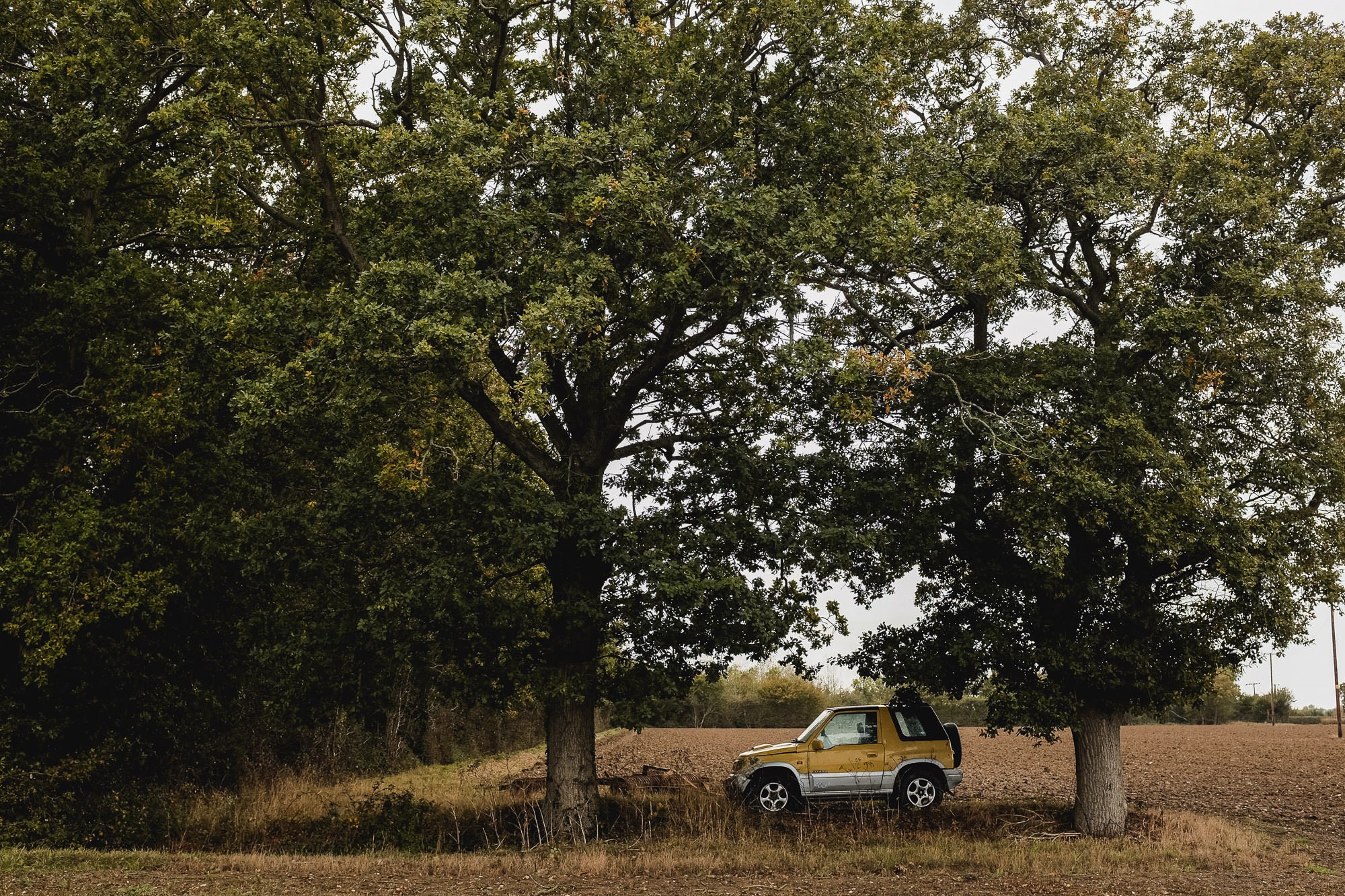End of The Road
The invention of the automobile ushered society into an age of mobility, freedom and aspiration. For over a century, the car has provided us with the opportunity to travel, explore our surroundings and spread our individual horizons way beyond that our ancestors could have dreamed of. At the end of 2019, there were 39,700,000 licensed vehicles in the UK, more than at any time since the car's invention in 1885.
Yet we now find ourselves entering a time when the car is being increasingly seen as a burden. Mass vehicle ownership is a major cause of the climate emergency. Energy hungry, fuel thirsty cars of the recent past are now viewed as irresponsible and even unethical purchases. Ultra Low Emission Vehicles (ULEV's), are on the increase as we become more aware of our impact on the environment.
Despite this, the car has a clear link with our own personal aspirations and self identity. Why else would manufacturers invest such time and resource in careful brand image and association? Through advertising we're taught that the successful business-person should aspire to a Mercedes whereas those seeking a safe and practical vehicle in which to cocoon their family should purchase a Volvo. In essence though, they all do the same thing – provide a means of getting from a to b.
What happens though when a car comes to the end of its life? As a brand new purchase, the car is imbued with our individual hopes and dreams – it gives us the means to explore and travel great distances. As it ages, parts wear, the paint work dulls and what was once new and exciting becomes worn out and unreliable. Eventually what was once an owners pride and joy will take a final journey to the scrapyard or be left in the corner of a yard (or abandoned in a field) to quietly rust. Half-ignored, half-forgotten.

















